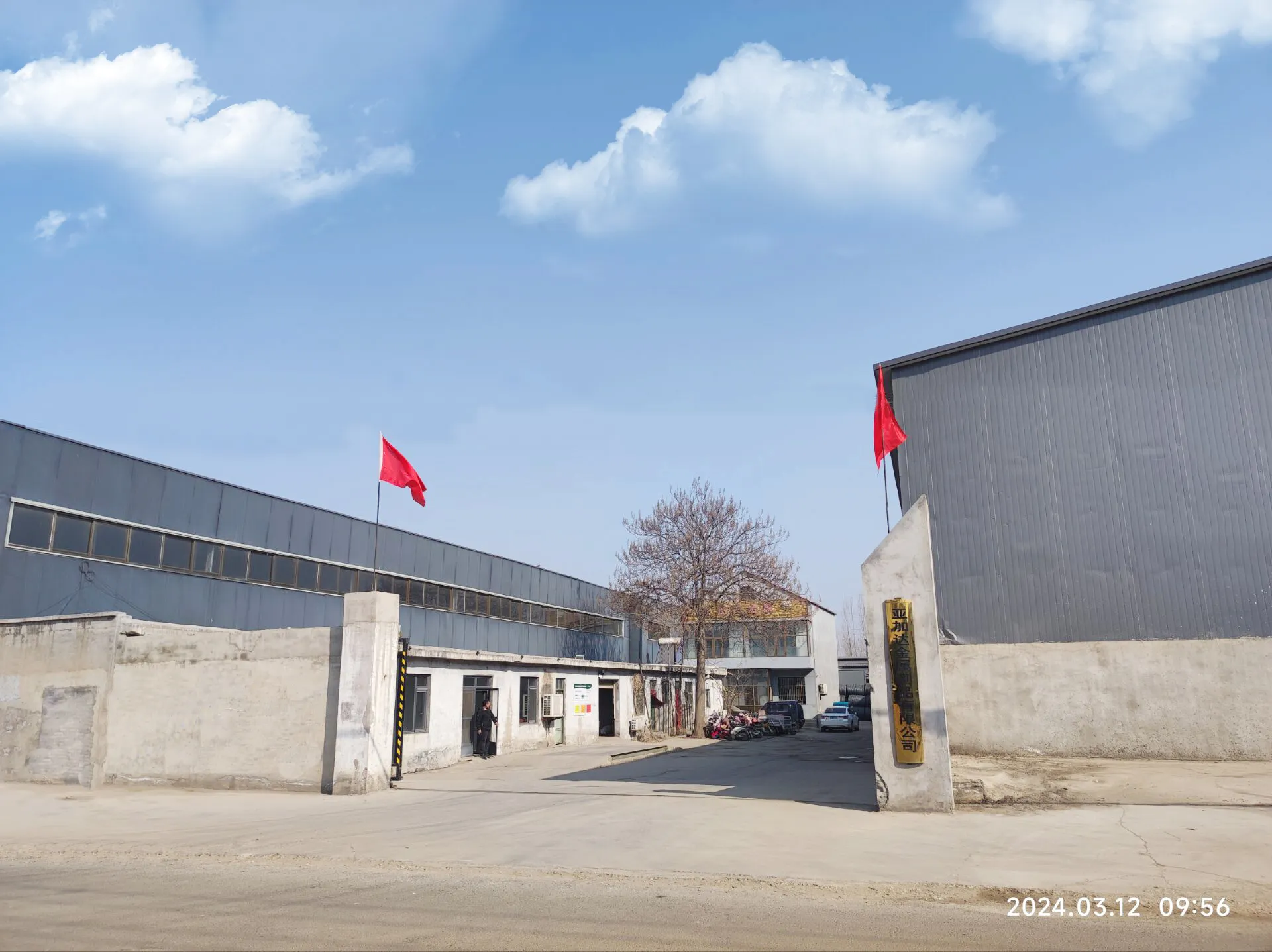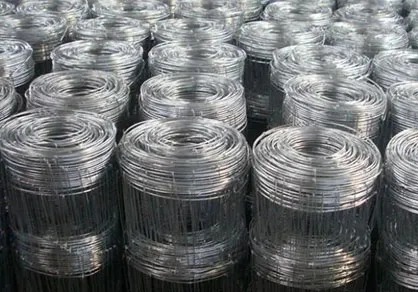

Professionals often suggest using an alternative method using masonry screws with anchors. In scenarios where nailed objects will bear substantial weight, this method is preferred for its superior holding power. This method involves drilling a hole, inserting a plastic or metal anchor, and then driving a screw into the anchor for stability. Utilizing these methods demonstrates a strong understanding of the materials and shows a level of professionalism and expertise necessary for ensuring success. Whether securing a heavy-duty shelf or hanging a simple painting, applying the right technique ensures the durability of the fixture while maintaining the integrity of the wall. When executed correctly, these nailing techniques harness the potential of modern tools to achieve results consistent with professional standards. The combination of the right tools and methods simplifies this seemingly complex task, making it approachable for the average DIY enthusiast. For those who continually face challenges with concrete surfaces, investing in quality tools like a hammer drill and accompanying accessories, while initially costly, saves time and potential rework costs in the long run. A keen sense of detail, patience in drilling and nailing, and a respect for safety protocols cumulatively underscore the breadth of experience necessary to tackle such projects effectively. In conclusion, nailing on concrete walls, though initially intimidating, becomes manageable with appropriate knowledge and tools. As with any project, diligence, safety, and accuracy are critical pillars for successful completion, reinforcing the reliability and trustworthiness necessary in any construction or DIY undertaking.

















